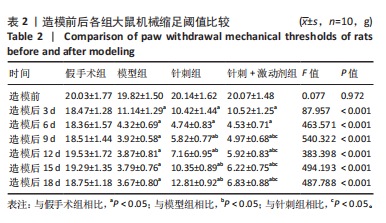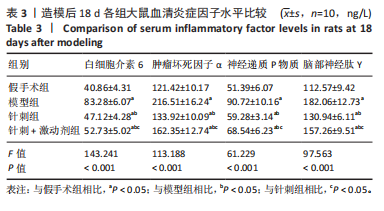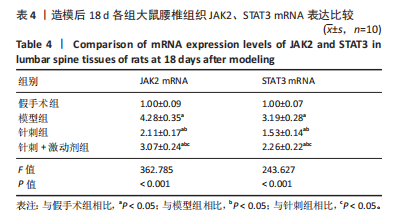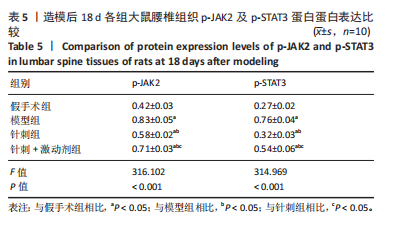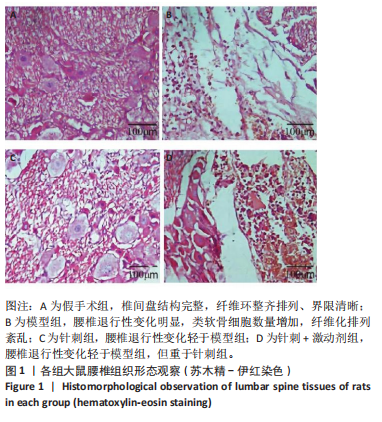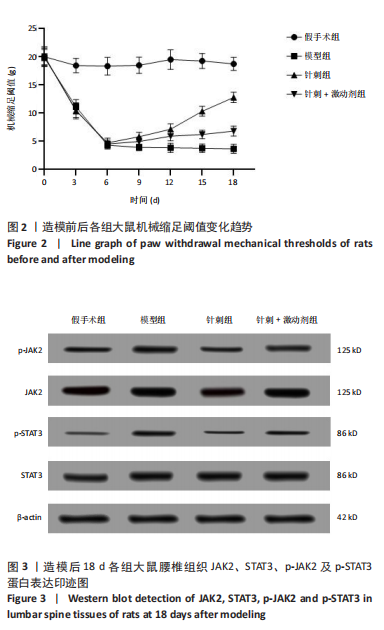[1] ZHANG AS, XU A, ANSARI K, et al. Lumbar Disc Herniation: Diagnosis and Management. Am J Med. 2023;136(7):645-651.
[2] YAN HY, ZHANG ZW, HUO S, et al.[Simple nucleus pulposus removal for the treatment of prolapsed and displaced lumbar disc herniation]. Zhongguo Gu Shang. 2021;34(4):347-349.
[3] ZHONG M, LIU JT, JIANG H, et al. Incidence of Spontaneous Resorption of Lumbar Disc Herniation: A Meta-Analysis. Pain Physician. 2017;20(1):E45-E52.
[4] LORIO M, KIM C, ARAGHI A, et al. International society for the advancement of spine surgery policy 2019-surgical treatment of lumbar disc herniation with radiculopathy. Int J Spine Surg. 2020; 14(1):1-17.
[5] BASIC RESEARCH AND TRANSFORMATION SOCIETY, PROFESSIONAL COMMITTEE OF SPINE AND SPINAL CORD,CHINESE ASSOCIATION OF REHABILITATION MEDICINE. Guideline for diagnosis, treatment and rehabilitation of lumbar disc herniation. Zhonghua Wai Ke Za Zhi. 2022;60(5):401-408.
[6] COSAMALÓN-GAN I, COSAMALÓN-GAN T, MATTOS-PIAGGIO G, et al. Inflammation in the intervertebral disc herniation. Neurocirugia (Astur : Engl Ed). 2021;32(1):21-35.
[7] BASANKIN IV, PORKHANOV VA, GYULZATYAN AA, et al. [Comparison of transpedicular endoscopic sequestrectomy and discectomy in the treatment of lumbar intervertebral disc herniation with a high degree of migration].Zh Vopr Neirokhir Im N N Burdenko. 2020;84(6):15-25.
[8] 刘高丽,刘静,王江栓,等.草乌甲素通过JAK2/STAT3通路抑制Nav1.6表达减轻奥沙利铂诱发的神经病理性疼痛[J].中国病理生理杂志,2021,37(9):1628-1635.
[9] YANG NN, YANG JW, YE Y, et al. Electroacupuncture ameliorates intestinal inflammation by activating α7nAChR-mediated JAK2/STAT3 signaling pathway in postoperative ileus. Theranostics. 2021;11(9): 4078-4089.
[10] 师振予,郭亦杰,曾嵘,等.腰椎间盘突出症大鼠模型的建立及病理动态研究[J].湖南中医药大学学报,2020,40(1):28-33.
[11] 邹守平,徐林玉,黄强,等.经皮椎间孔镜下髓核摘除联合心理疏导治疗腰椎间盘突出症合并焦虑的疗效观察[J].广西医科大学学报,2021,38(2):343-349.
[12] SHEN SC, CHEN HC, TSOU HK, et al. Percutaneous endoscopic lumbar discectomy for L5-S1 disc herniation based on image analysis and clinical findings: A retrospective review of 345 cases. Medicine (Baltimore). 2023;102(5):e32832.
[13] PAN M, LI Q, LI S, et al. Percutaneous Endoscopic Lumbar Discectomy: Indications and Complications. Pain Physician. 2020;23(1):49-56.
[14] QIAO L, GUO M, QIAN J, et al. Research Advances on Acupuncture Analgesia. Am J Chin Med. 2020;48(2):245-258.
[15] YUAN S, HUANG C, XU Y, et al. Acupuncture for lumbar disc herniation: Protocol for a systematic review and meta-analysis. Medicine (Baltimore). 2020;99(9):e19117.
[16] 梁莹莹,王欣,刘芹,等.化合物DXL-A-22抗神经病理性疼痛作用及机制研究[J].中国药理学通报,2019,35(10):1357-1363.
[17] MCINNES IB, SZEKANECZ Z, MCGONAGLE D, et al. A review of JAK-STAT signalling in the pathogenesis of spondyloarthritis and the role of JAK inhibition. Rheumatology (Oxford). 2022;61(5):1783-1794.
[18] LI CD, ZHAO JY, CHEN JL, et al. Mechanism of the JAK2/STAT3-CAV-1-NR2B signaling pathway in painful diabetic neuropathy. Endocrine. 2019;64(1):55-66.
[19] KIM H, KIM KW, CHUNG WS. Integrative traditional Chinese medicine for lumbar disc herniation after surgery: A protocol for systematic review and meta-analysis. Medicine (Baltimore). 2021;100(40):e27519.
[20] 田华卫.中医正骨手法治疗腰椎间盘突出症的临床研究[J].中国医药导刊,2016,18(9):883-884.
[21] ZHANG W, LIU H, LE X, et al. Acupuncture for postoperative pain of lumbar disc herniation: A systematic review and meta-analysis. Medicine (Baltimore). 2022;101(49):e32016.
[22] 刘未艾,岳增辉,付磊,等.经筋刺法结合加味芍药甘草汤治疗脑卒中后肢体痉挛的效果[J].中国康复理论与实践,2018,24(3):323-327.
[23] 丁勇.太极推拿联合独活寄生汤内服治疗腰椎间盘突出症临床研究[J].中医学报,2017,32(4):643-646.
[24] SHAH S, GODHARDT L, SPOFFORD C. Acupuncture and Postoperative Pain Reduction. Curr Pain Headache Rep. 2022;26(6):453-458.
[25] 王志福,俞向梅,姚冉冉,等.SD大鼠坐骨神经体表定位及相关针刺穴位的应用解剖研究[J].福建中医药大学学报,2012,22(6):13-15.
[26] 何晓芬,蒋永亮,叶佳瑜,等.低频电针对SNI神经痛大鼠脊髓背角P物质表达的影响[J].上海针灸杂志, 2017,36(12):1469-1474.
[27] KOERNER JD, MARKOVA DZ, SCHROEDER GD, et al. Correlation of Early Outcomes and Intradiscal Interleukin-6 Expression in Lumbar Fusion Patients. Neurospine. 2020;17(1):36-41.
[28] LIANG H, YANG X, LIU C, et al. Effect of NF-kB signaling pathway on the expression of MIF, TNF-α, IL-6 in the regulation of intervertebral disc degeneration. J Musculoskelet Neuronal Interact. 2018;18(4):551-556.
[29] 刘建,叶玉军,刘树民,等.基于p38MAPK信号通路分析咪达唑仑对腰椎间盘突出症模型大鼠疼痛的影响[J].中国骨伤,2023,36(1):55-60.
[30] WANG Y, CHE M, XIN J, et al. The role of IL-1β and TNF-α in intervertebral disc degeneration. Biomed Pharmacother. 2020;131:110660.
[31] 姚钰宁,韩赵成,曹光昭,等.基于蛋白质组学的时相性偏头痛大鼠模型不同时间点分子机制研究[J].世界中医药,2023,18(13): 1800-1807+1813.
[32] CHEN T, ZHANG WW, CHU YX, et al. Acupuncture for Pain Management: Molecular Mechanisms of Action. Am J Chin Med. 2020;48(4):793-811.
[33] 张蓝予,左玲,朱庆,等.外源性消退素D2对大鼠非压迫性腰椎间盘突出症根性神经痛的影响[J].中华麻醉学杂志,2018,38(6):687-690.
[34] XIN P, XU X, DENG C, et al. The role of JAK/STAT signaling pathway and its inhibitors in diseases. Int Immunopharmacol. 2020;80:106210.
[35] LIU J, WANG F, LUO F. The Role of JAK/STAT Pathway in Fibrotic Diseases: Molecular and Cellular Mechanisms. Biomolecules. 2023;13(1):119.
[36] JIA M, WANG Y, GUO Y, et al. Nitidine chloride suppresses epithelial-mesenchymal transition and stem cell-like properties in glioblastoma by regulating JAK2/STAT3 signaling. Cancer Med. 2021;10(9): 3113-3128. |
